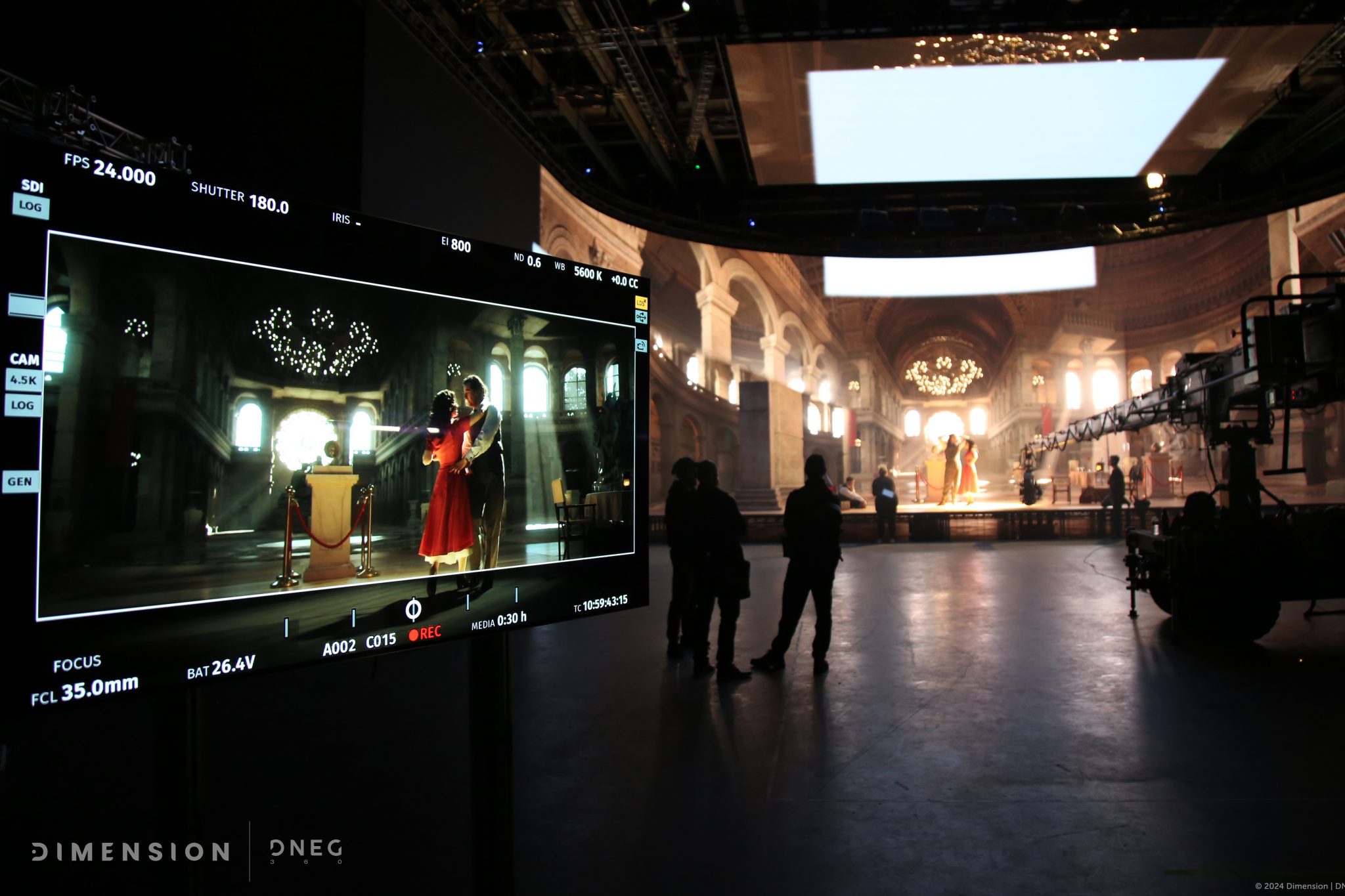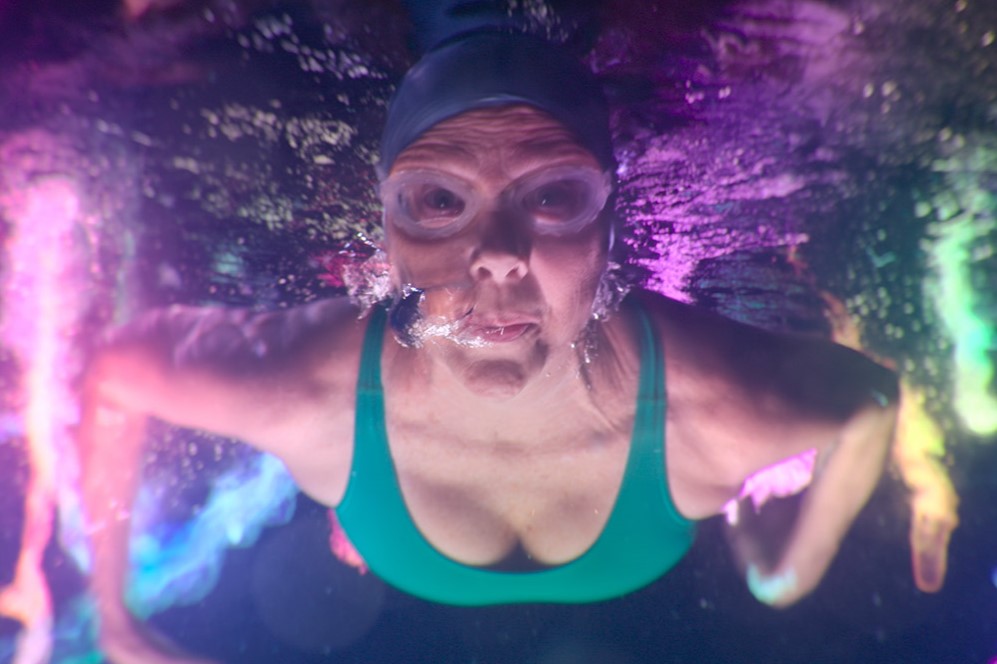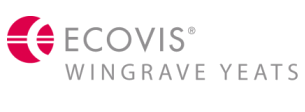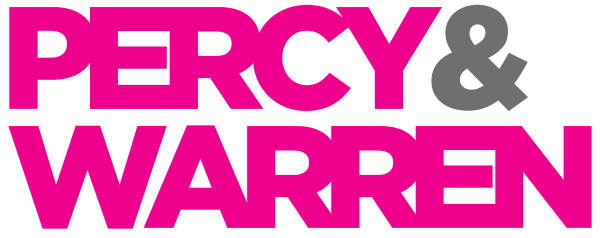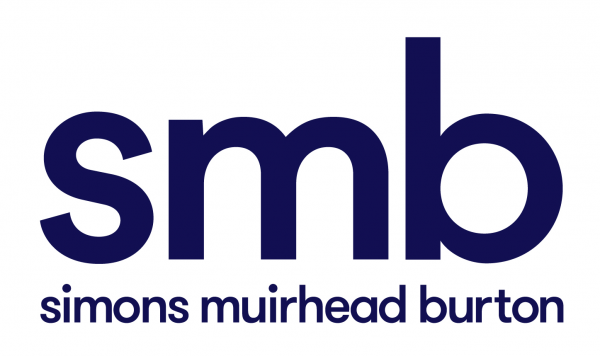DNEG’s VFX Supervisor Sebastian Von Overheidt takes us through the studio’s work on Disney’s supernatural horror comedy film.
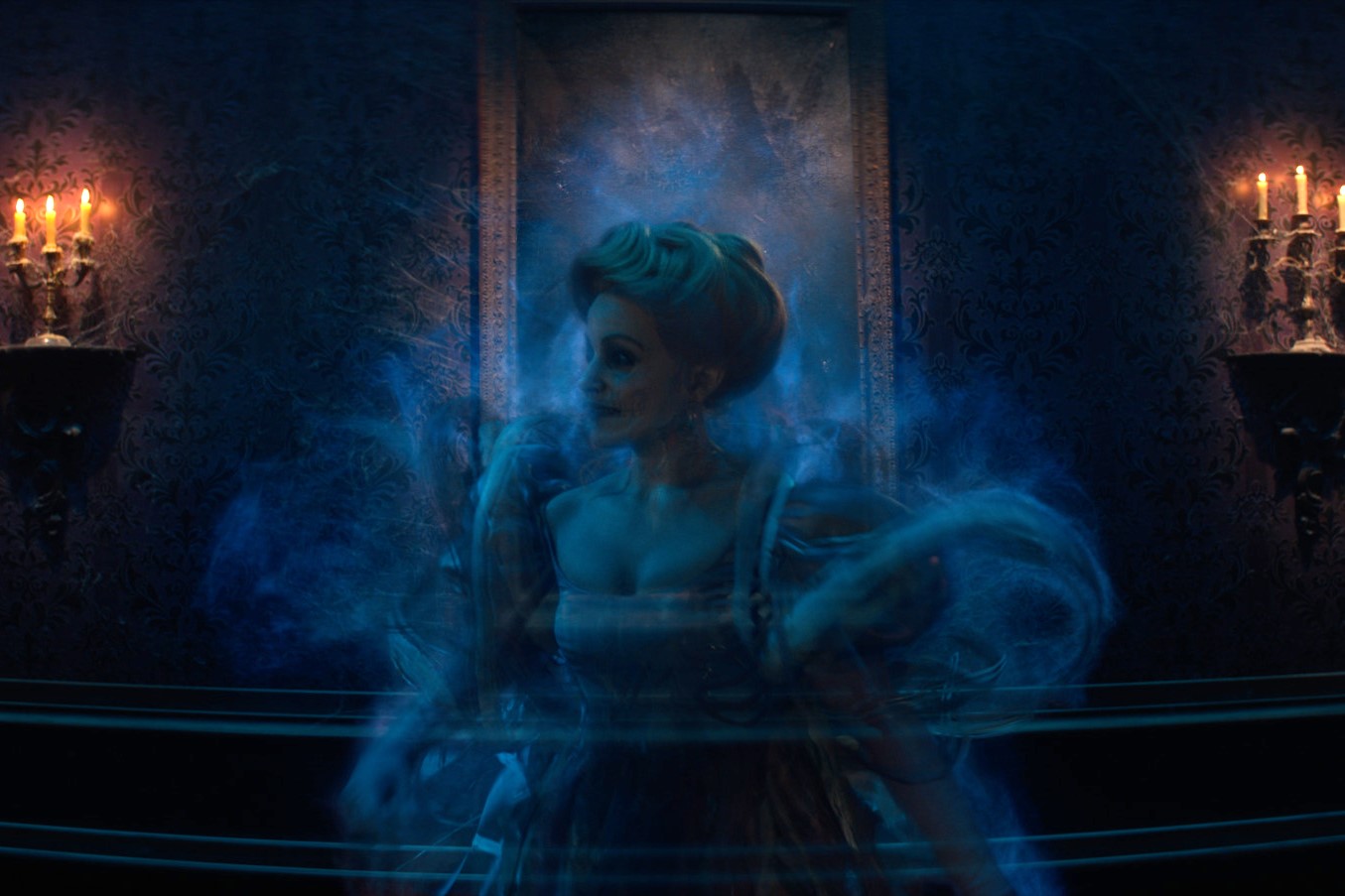
What scenes were DNEG responsible for? How many shots did you complete and how did you achieve them?
DNEG was responsible for the majority of work inside the mansion, including bringing to life Madame Leota in her crystal ball, developing the Hatbox Ghost from concept all the way through to the final asset, and creating the ghost effects that are seen throughout the movie. In total, DNEG delivered close to 600 VFX shots.
In our approach, we created multiple full CG environments inside the mansion like the ’Stretching Room’, which transitions from a cosy living room into a lethal trap with an alligator pit, quicksand, stacks of dynamite barrels and a deep chasm. The ‘Endless Hallway’ was another environment that we built, with all its ghosts being developed by DNEG as well. Working on Haunted Mansion was an exciting creative challenge. Disney movies have a long tradition of storytelling and colourful visuals. Being creative partners for the visual effects of this movie, we had to find and apply that to each shot. Director Justin Simien and the producers showed great instincts to capture the essence of the famous theme park attraction.
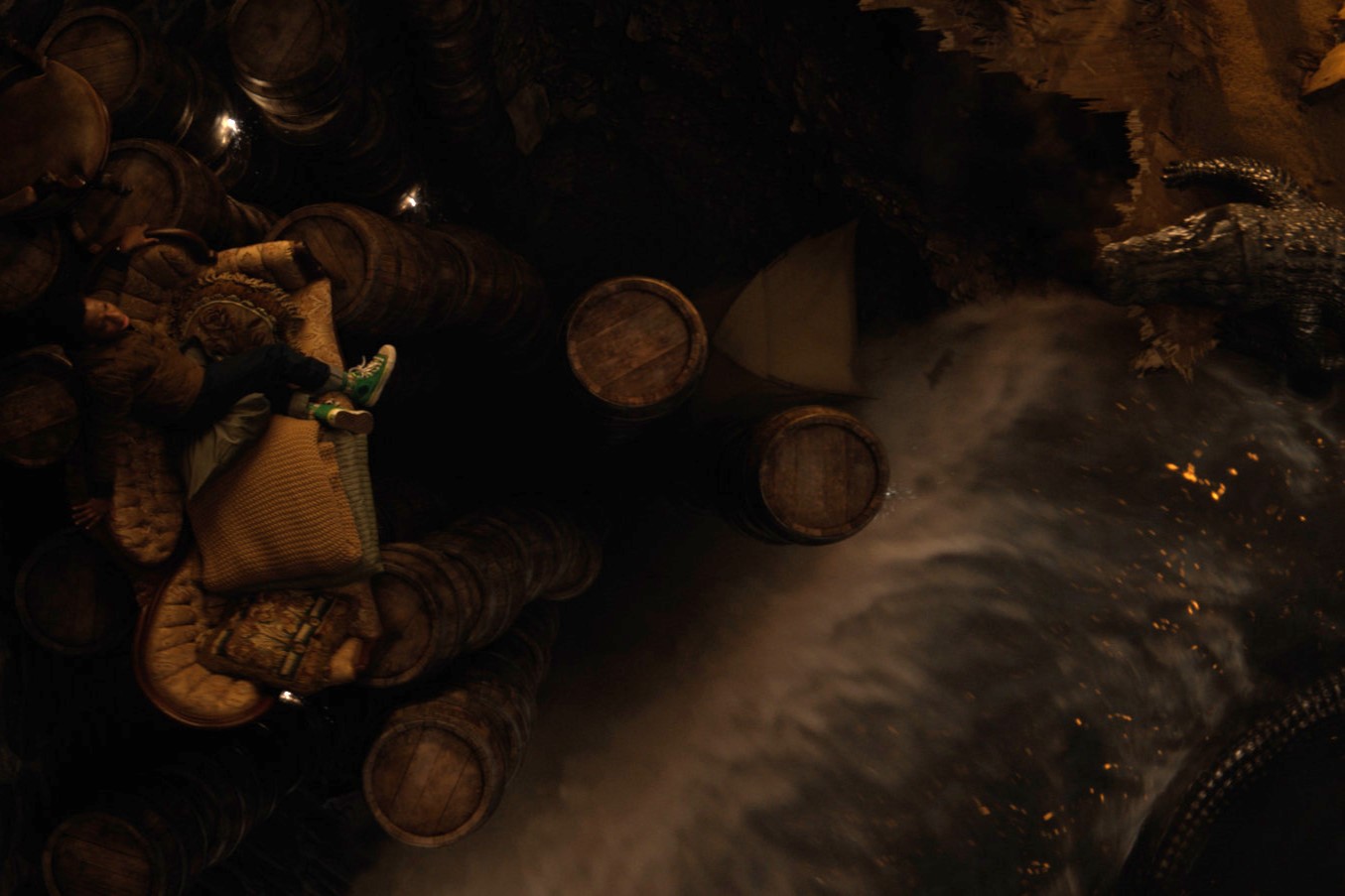
What was the biggest challenge of the process? What was the most difficult VFX sequence in this project?
The biggest challenge for the team was that we were developing and delivering high-quality characters and shots while the filmmakers were finalizing the story and cut. DNEG had been in post-production for around 16 months, providing a strong creative partnership. There needs to be focus and attention on all shots – even if they don’t end up in the movie, it is an important part of the process.
The ‘Stretching Room’ had the most moving parts, with its multiple elements of moving walls and lethal traps, talking paintings, and CG alligators. All the animation in that sequence is choreographed to lead our characters Ben and Travis along a specific path.
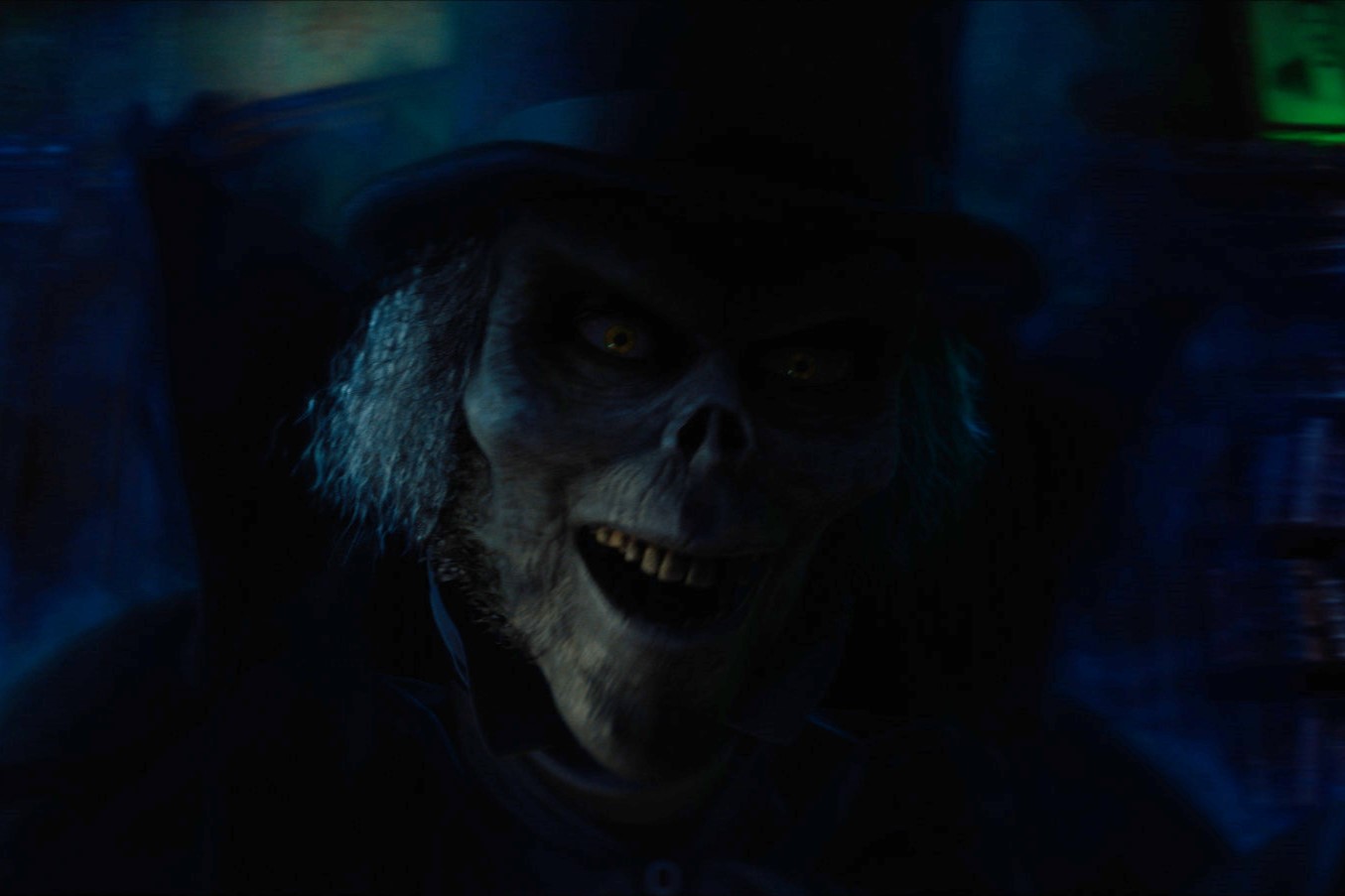
Were there any particular pieces of instruction that stood out to you when achieving the VFX style?
Right from the beginning, we understood that the show would have a more grounded vibe to it, with many of the sets being built on sound stages and a lot of the ghosts actually being performed by real actors in their costumes on set. Everything we created or augmented had to fit into that look.
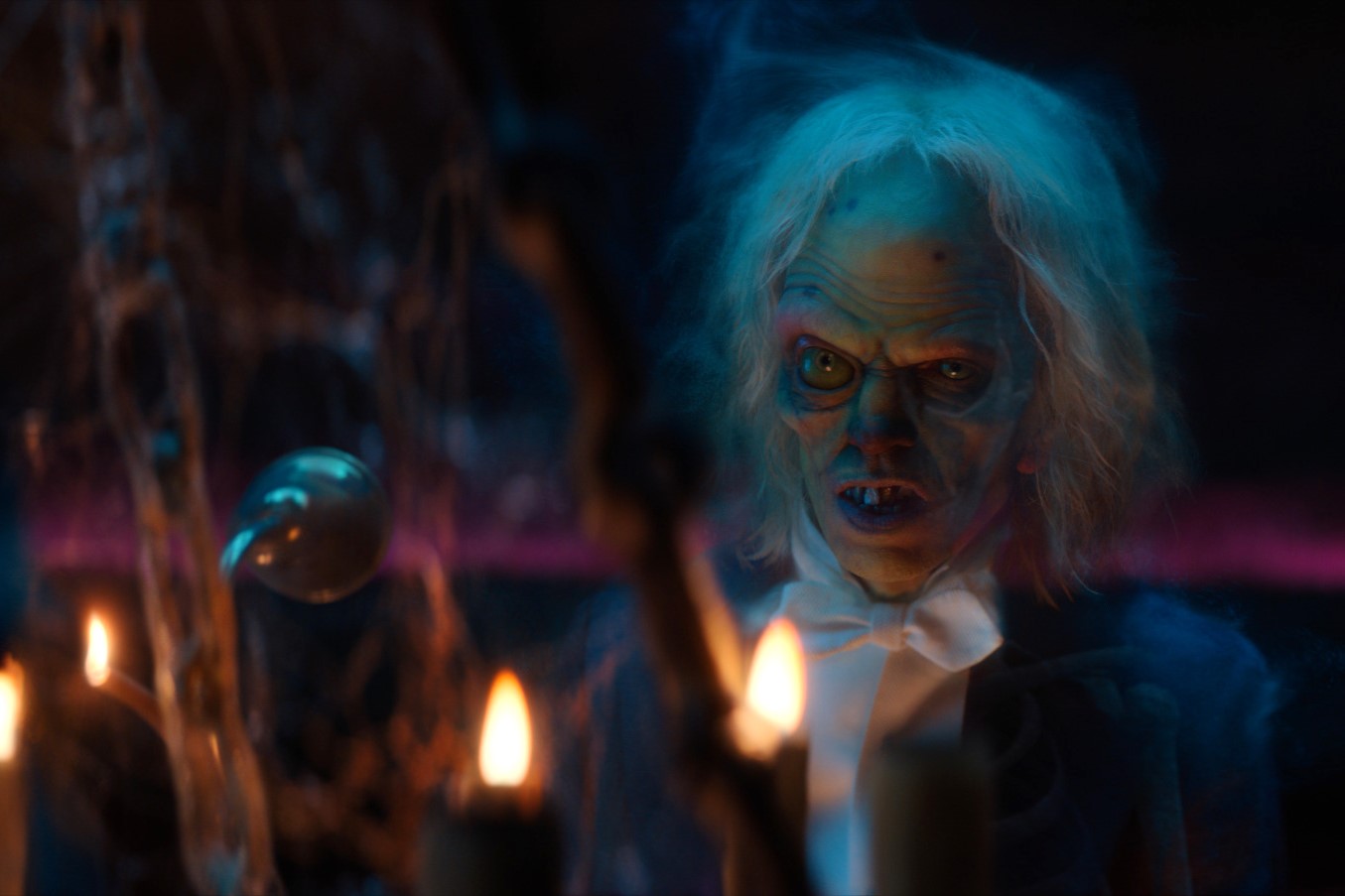
Were there any other visual inspirations for the project?
When we developed the look and feel of the ghosts, we added an effect we called ‘ectoplasmic effervescence’ to them. For inspiration, we looked at bioluminescent algae which don’t light up when undisturbed, but when you swim through for example, it creates this bioluminescent trail.
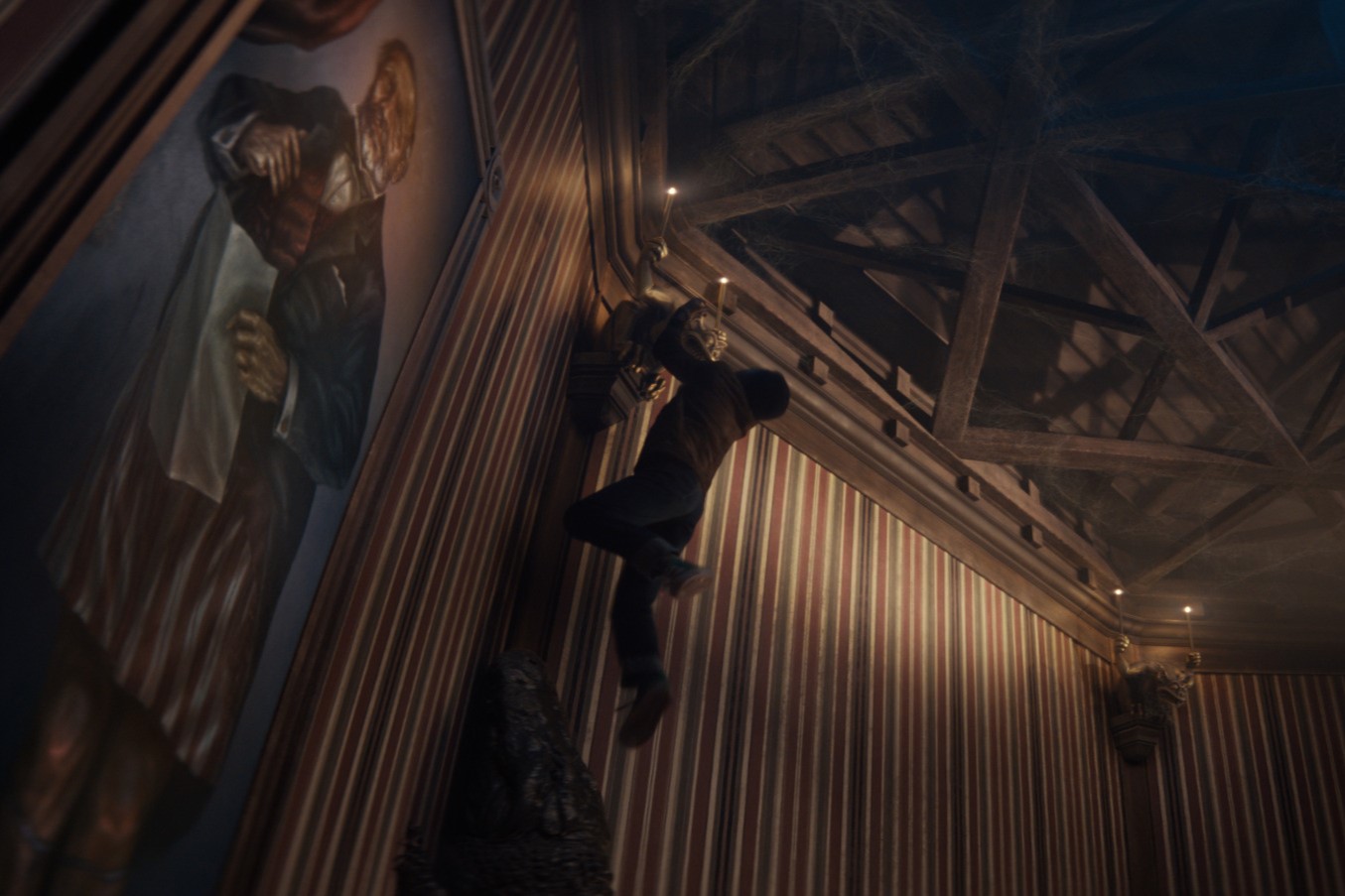
How did your approach differ from other DNEG projects you’ve worked on?
DNEG is known for its great work, especially digital environments, which are something we’ve created photo-realistically on a large scale many times. This show was a little different in the way that some of the environments became characters on their own. The ‘Endless Hallway’ for example, had many moving parts and a complex rig that needed to be animated, extended, stretched, mirrored, folded and so on. The ‘Stretching Room’ was even more complex with its elements of danger that required simulations, in addition to the room configuration changing.
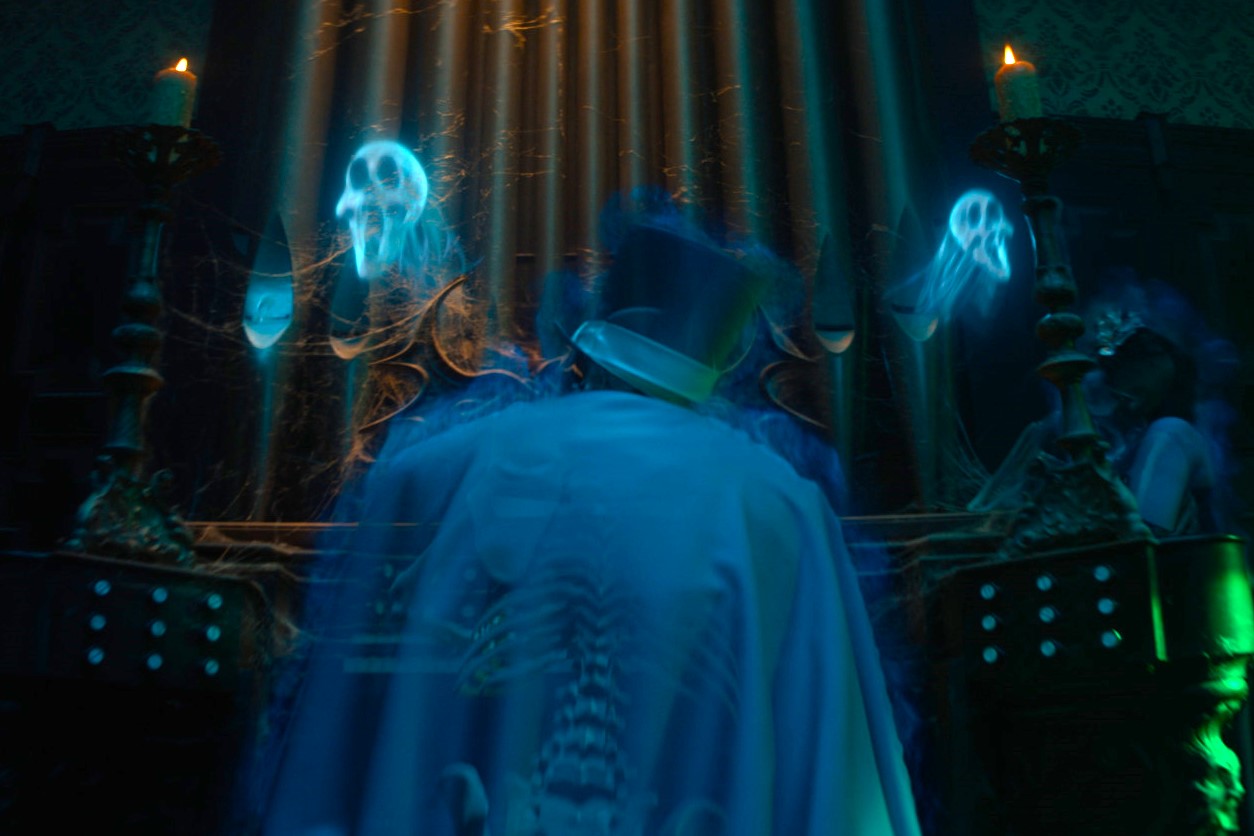
What is your favourite piece of VFX in this project?
I think the team did a great job of delivering consistent work. If I had to pick, the ghost which hides in the candle was my favourite because it’s just too cute when it tries to blow out its own flame. I’m also proud of our interpretation of Madame Leota and how well the digital asset captured Jamie Lee Curtis’ performance.
